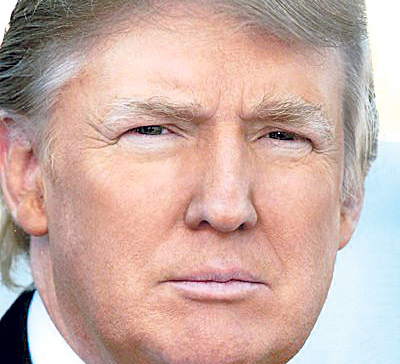
OR
Liquidity eases, but not interest rates anytime soon
Published On: June 9, 2018 08:15 AM NPT By: Republica | @RepublicaNepal
Banking executives claimed that the rise in deposits have not been significant enough to require immediate review of interest rates.
KATHMANDU, June 9: Banks and financial institutions have no plans to reduce their interest rates at least within the current fiscal year 2017/18.
Although deposits at the banking institutions are swelling with the government boosting its capital spending, they are reluctant to reduce the interest rates which have reached ultra-high levels. Banking executives, however, claimed that the rise in deposits have not been significant enough to require immediate review of interest rates. They also point at the recent circular of the Nepal Rastra Bank (NRB) that restricts them from reviewing interest rates at least before one quarter.
“We still don't have enough lendable funds so it's too early to think about reviewing the interest rates,” said a bank's CEO. “When we review the rates, people start complaining that we change rates frequently. So, we have to wait at least until the end of the current fiscal year to decide about reviewing the rates” he added.
In recent weeks, deposits in the banking system are rising as the government is ramping up development expenditures and payments to contractors in the last quarter of the current fiscal year. With the increase in deposits, BFIs now have stronger liquidity positions. For example, the total deposit at 28 commercial banks rose Rs 13 billion in a week ending June 1 while their credit disbursement increased by Rs 8 billion during the same period.
The deposit growth in banks has come in the wake of bankers' complaining that the banking system was grappling with 'credit crunch'. Due to higher growth in lending compared to deposits, banks were facing shortage of lendable funds.
The mismatch between the deposit and lending growths has sent the credit to capital-cum-deposit (CCD) ratio to near 80 percent, curtailing the capacity of banks to lend more money to borrowers. CCD ratio refers to the prudential lending limit set by the NRB that caps the ceiling of credits that banks can float from their deposits.
To woo savings from public, banks raised interest rates on deposits up to 13 percent. The higher cost of deposits was eventually passed on to borrowers through higher lending rates. While banking institutions were quick to raise the interest rates amid a shortage of lendable funds, they are now dilly-dallying over reducing the interest rates even after reaching a comfortable liquidity position.
A private sector leader has meanwhile complained that the unpredictable financial cost has been affecting the businesses. “The upredictable interest rates have discouraged private sector investment,” said Haribhakta Sharma, the president of Confederation of Nepalese Industries.
You May Like This

Deposits swell, but interest rates unlikely to fall anytime soon
KATHMANDU, July 14: Banks have added Rs 19 billion in new deposits in the first week of July while their lending... Read More...

Interest rates unlikely to fall anytime soon
KATHMANDU, July 11: It seems that interest rates are not going to fall anytime soon as bank and financial institutions (BFIs)... Read More...

Trump says Syria attack 'could be very soon or not so soon at all'
WASHINGTON, Aril 12: U.S. President Donald Trump amended on Thursday an earlier warning of a swift military strike against Syria... Read More...






Just In
- Challenges Confronting the New Coalition
- NRB introduces cautiously flexible measures to address ongoing slowdown in various economic sectors
- Forced Covid-19 cremations: is it too late for redemption?
- NRB to provide collateral-free loans to foreign employment seekers
- NEB to publish Grade 12 results next week
- Body handover begins; Relatives remain dissatisfied with insurance, compensation amount
- NC defers its plan to join Koshi govt
- NRB to review microfinance loan interest rate











Leave A Comment